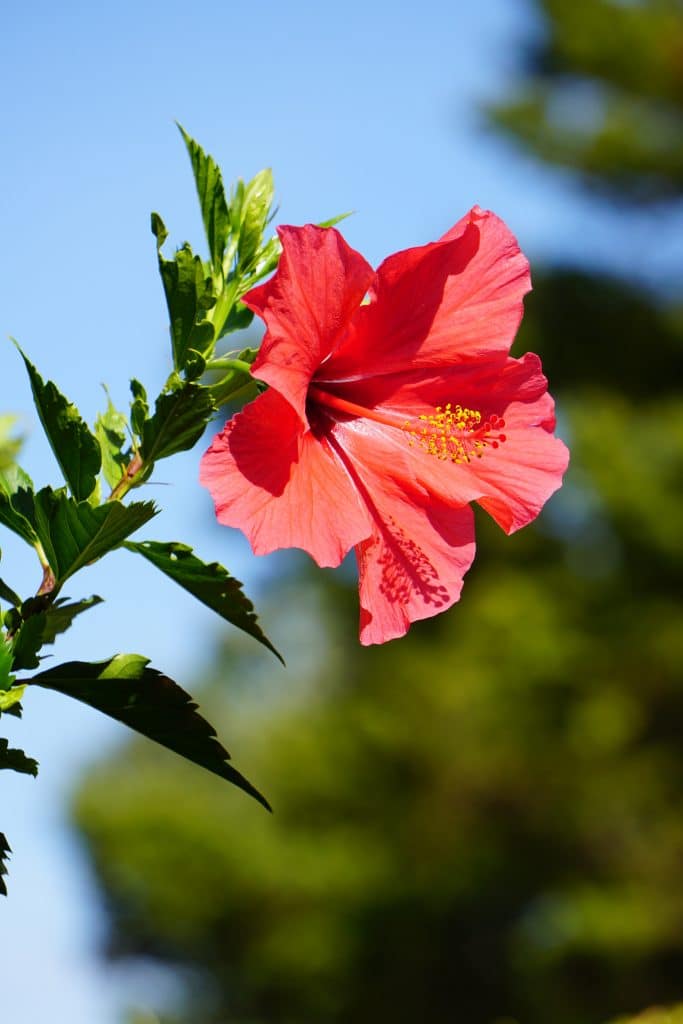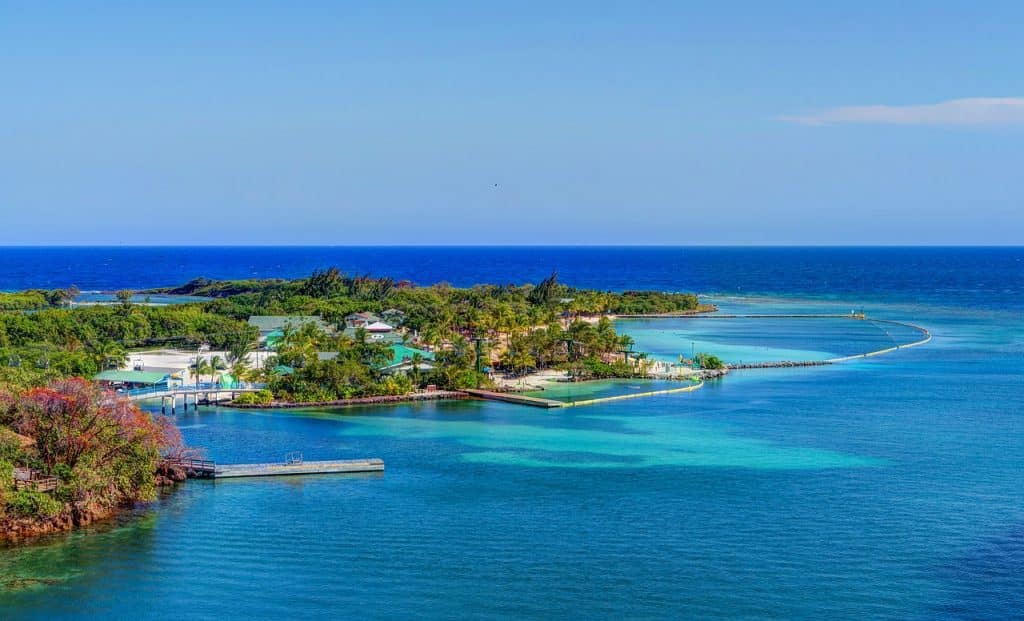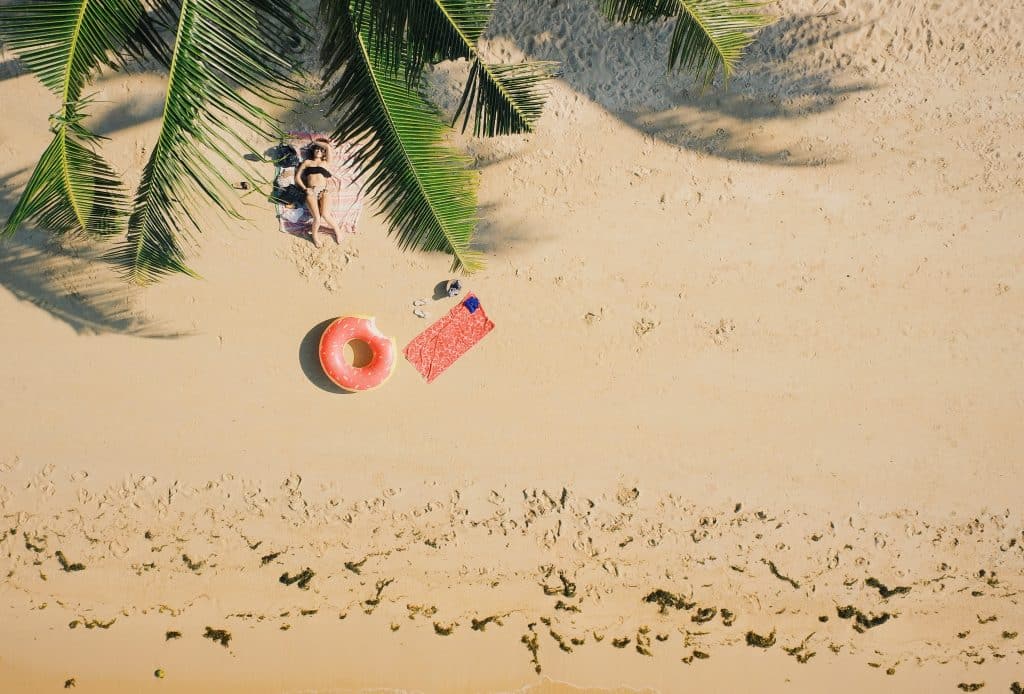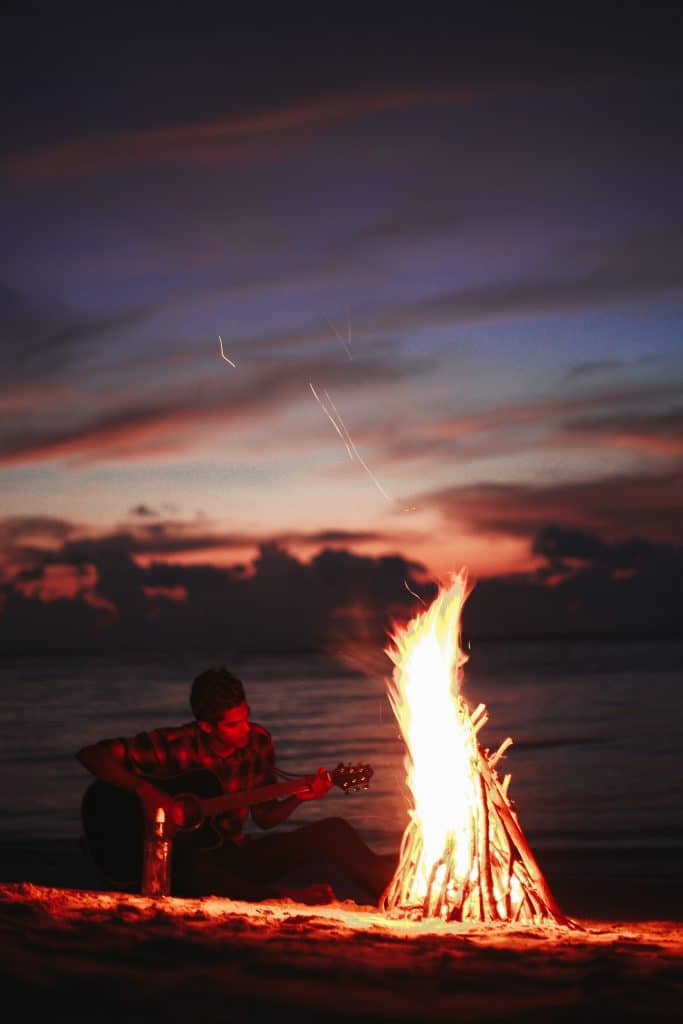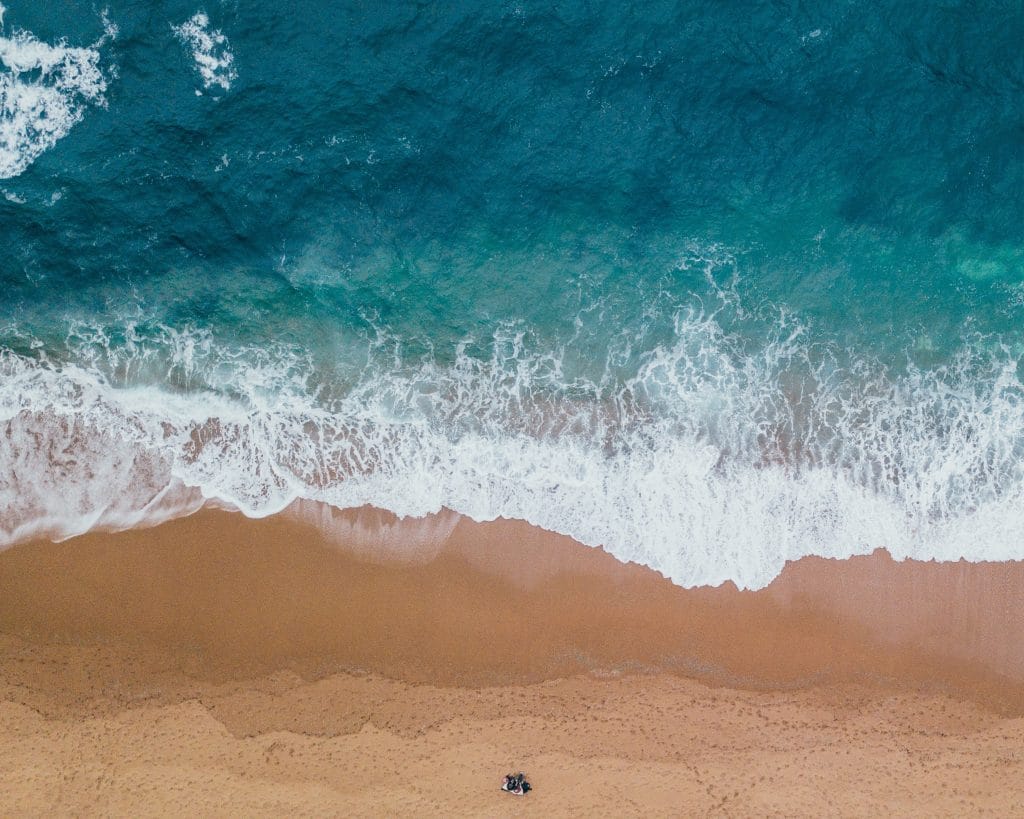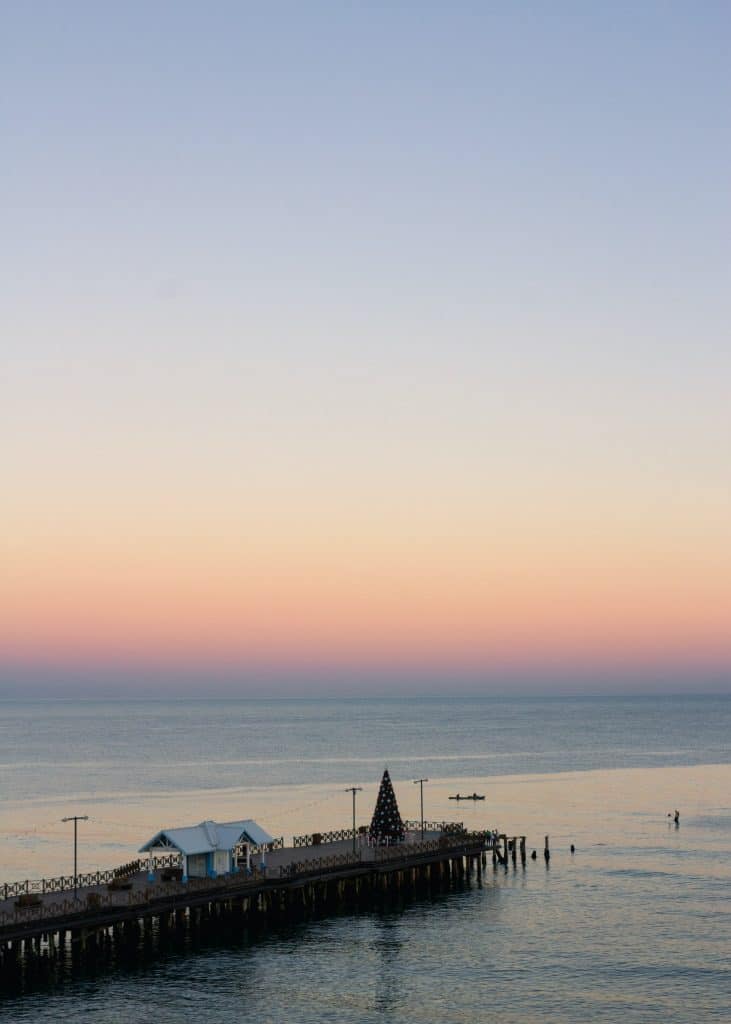Sustainable Hotel Secrets
Sustainable Hotel Secrets
We know how important it is to minimise our impact on the environment so we can enjoy the beauty and serenity of nature. There’s a lot that can be done and there’s a lot that’s out of our control, but we want to share with you how we’re doing our best to put the planet first by reducing waste and protecting resources. Read on to discover Camp Bay Lodge’s sustainable secrets!
Why is Sustainability Important?
As natural disasters cause massive damage all over the world, it has become increasingly obvious that we have to take responsibility for the environmental damage that humans have caused and change our ways to more eco-friendly practices. Water is an incredibly precious resource, with freshwater making up only 3% of the water on Earth, and the process of making saltwater drinkable being very costly. That’s why it’s crucial we reduce water waste and implement greywater systems in our gardens.
Likewise, plastic waste is making some coastlines around the world unsuitable for human or animal life, as 32% of the world’s plastic packaging ends up in the sea, and 73% of all rubbish found on beaches is plastic. Since 79% of all plastic becomes landfill or pollutes the environment, if we’re going to look after our environment, including our precious waters and marine life, we have to reduce our plastic use, and recycle and reuse as much as we can.






Book Your Camp Bay Stay!
At Camp Bay Lodge, we pride ourselves on our eco-friendly practices while ensuring the comfort and enjoyment of our guests. Book your stay now, or contact us for more information.
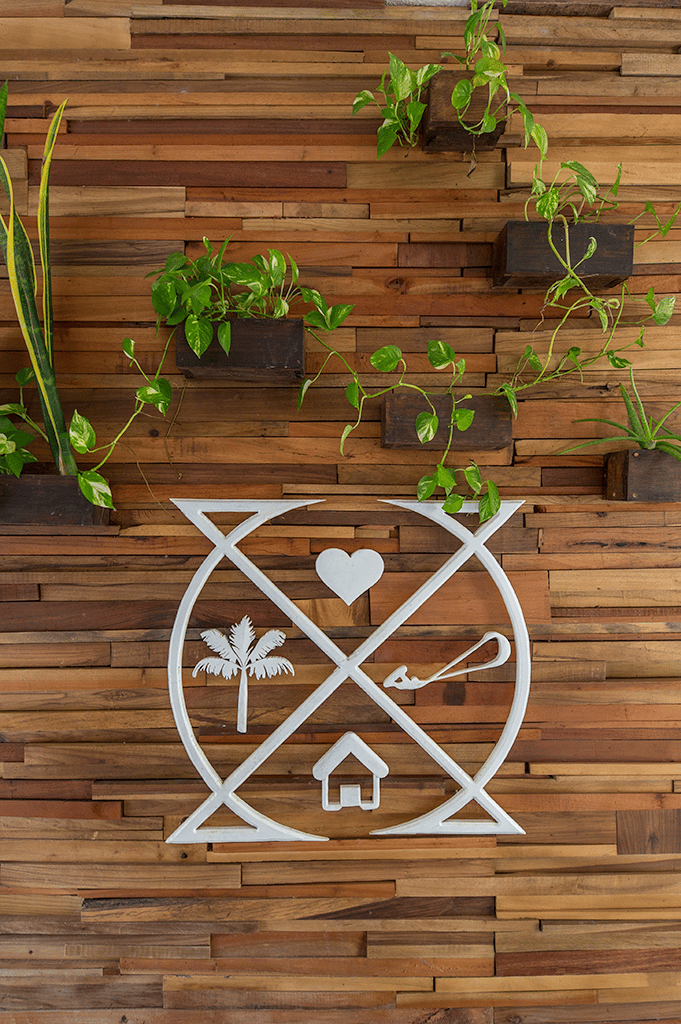
How is Camp Bay Lodge Helping?
Roatan is an incredibly beautiful island, and we want to keep it that way! That’s why we’ve taken measures to reduce our waste, energy-consumption and recycle as much as possible.
Kitchen
There’s more to a sustainable hotel than the rooms, and our kitchen is the heart of ours, serving fresh food from 7.30 am to 19.30 pm to guests and visitors alike. We buy our fruit, vegetables and fish from local markets to reduce the carbon emissions caused by transportation as well as support our local farmers and fishermen.
Rachel, our head chef, makes all of our bread and cakes herself, from largely locally-sourced ingredients, which further reduces transportation and plastic use while supplying our guests with delicious produce.
Kitchens can produce a lot of waste, from leftover food to the packaging of ingredients. All of our food waste is fed to pigs, just a few kilometres down the road from the hotel, as an eco-friendly disposal method. What’s more, we don’t have much packaging since the majority of our ingredients are locally sourced, and we’re working on ways of recycling the little rubbish that we do produce.
Hotel
All of our boutique hotel rooms are unique with their own character. However, every room is fitted with flexible wooden louvred shutters, so that the air current may easily pass through, cooling the rooms and reducing the need for air conditioning – although we do have air conditioning for the very hot days. Of course, each room also has mosquito nets fitted to the windows for the comfort of our guests.
We have also fitted LED lights and modern appliances in our rooms and restaurant, as they are more energy-efficient and reduce electricity usage. Our housekeepers also follow sustainable practices, cleaning rooms with non-toxic chemicals, which are known to be safer for our waters and environment in general.
Garden
One of the main factors that makes a garden unsustainable, is the sheer quantity of water used to maintain the plant life. That’s why xeriscaping is the future of manmade gardens.
Xeriscaping involves using drought-resistant native plant species in a garden and greatly benefits the environment. Native plants are accustomed to their habitat and so require less water, no changes to the soil consistency or pH levels, and they have a natural resistance to pests. This means, less water is used, no CO2 is released into the atmosphere due to soil tilling, and no fertilisers are needed to keep the plants healthy.
When a diverse range of native plants is chosen, they become a welcoming habitat for local wildlife, and further reduce maintenance as weeds have no room or resources to grow.
The water that we do use to maintain our gardens comes from our greywater system. That means, the water used in showers, sinks and washing machines, gets stored for later use and reused for irrigating the trees and shrubs surrounding us.
Beach
The strong winds and waves can sometimes wash up a lot of waste onto the beach. While most of it is natural, algae and seaweeds, intertwined with the leaves, you can often find plastic bags and bottles. Our maintenance staff help us clean the beaches of this waste each morning and we encourage our guests to help keep our natural environment clean by putting their rubbish in bins located on either side of our restaurant.
If you want to help further, our kitchen staff are happy to give out bin bags to anyone who wants to help by collecting rubbish as they take a stroll along the beach.
We know that big corporations and manufacturers are causing the greatest amount of pollution and damage to our environment, but together, we can make a positive difference. 

